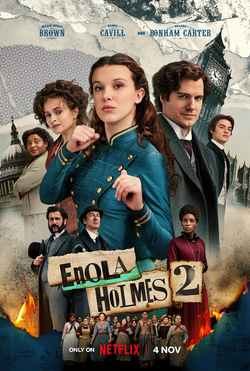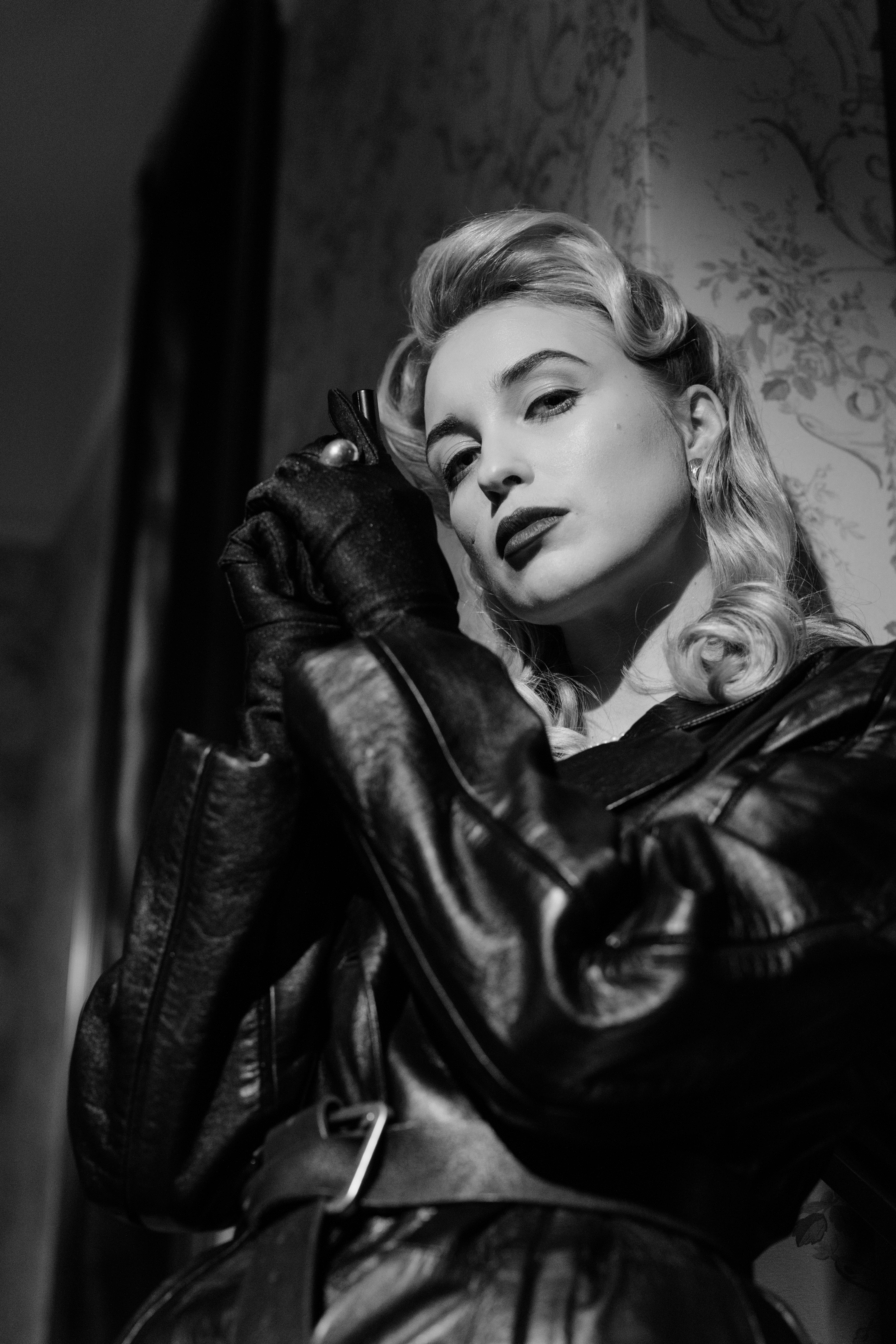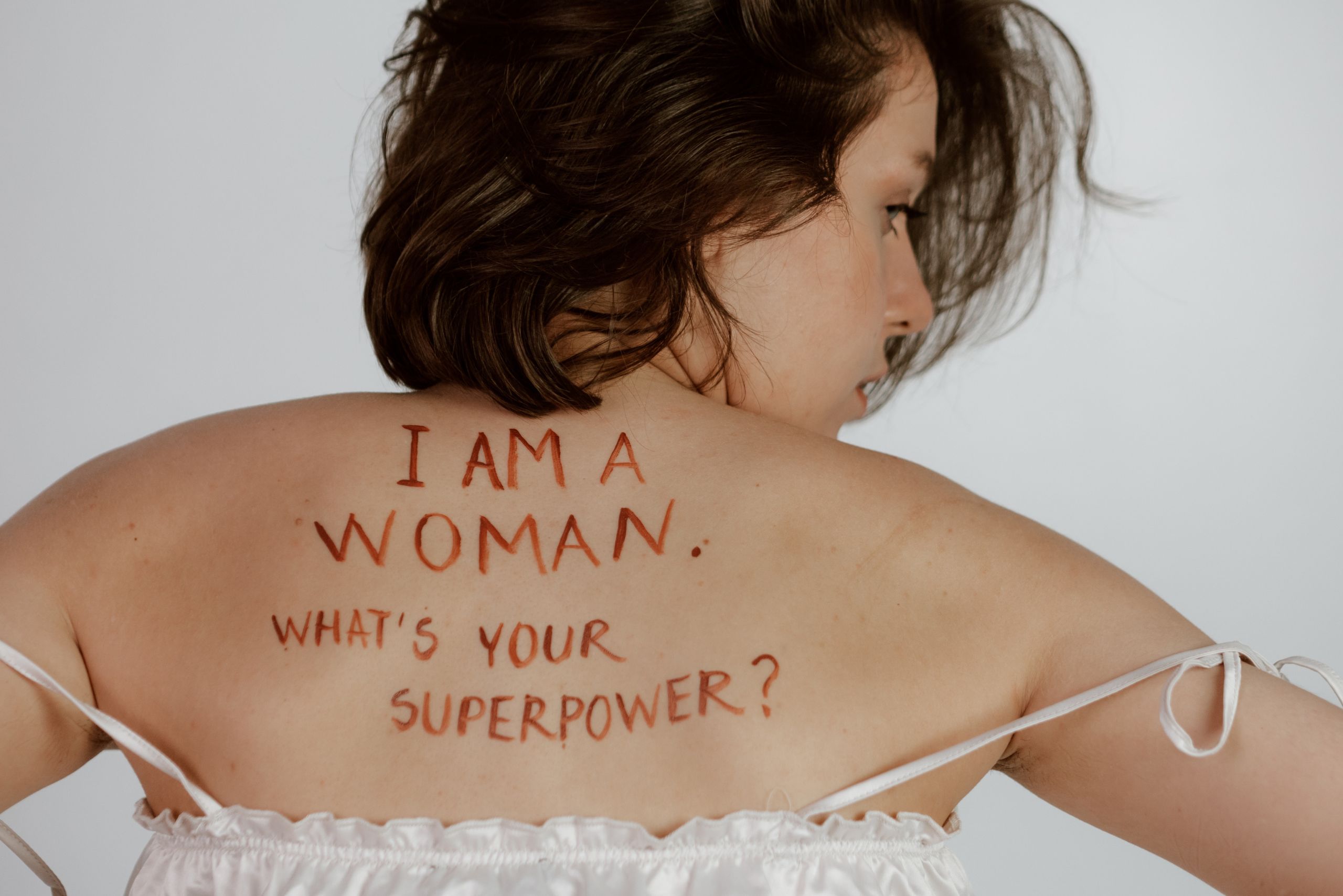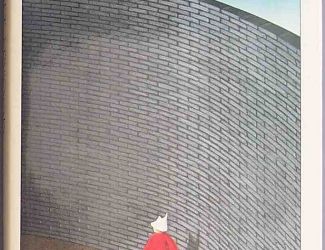When “Enola Holmes” was released on Netflix in 2020, and its sequel was released on Nov. 4, it wasn’t the films’ action-packed fun that gripped audiences. It was their themes of female empowerment, particularly in choice, freedom, and crime.
The movies were adapted from Nancy Springer’s book series, “The Enola Holmes Mysteries.“ The series tells the stories of the teenage mystery-solving sister of famous detective Sherlock Holmes. “Stranger Things” actress Millie Bobby Brown portrays the young detective, and “Man of Steel” actor Henry Cavill portrays Sherlock Holmes in the films.
Autonomy and patriarchy
Set in England’s Victorian era, the first film explains how Enola becomes a detective: while searching for her missing mother, she uncovers a mystery involving a young Lord. During her journeys, she grapples with society’s views on gender-based autonomy and patriarchy.

During the period in which the film is set, everything is under the control of mostly upper-class men. Whether it was their fathers, brothers, or husbands; women were governed by men and often forced into marriage.
Sherlock and Enola’s oldest brother, Mycroft Holmes, portrayed by “The Hunger Games: Catching Fire” actor Sam Claflin, is Enola’s guardian. However, he makes Enola do things she refuses to do to fit in, such as attending finishing school to become an acceptable wife.
In regard to films in general, Courtney Kovatch, senior early and special education major, said, “There’s a lot of times where women are seen as less than. We need to make sure women are getting equal representation as authority figures, or being the ones that make the choice, or being the ones that have the opportunity to be more powerful.”
Carina Shady, junior English major, said, “Unfortunately, despite this progress, representations of empowered women still can fall into stereotypes such as the ‘angry woman,’ the ‘femme fatale,’ and the ‘overly emotional or crazy woman.'”
Gender inequality
The sequel continues the adventures of Enola as she becomes a more professional detective. This time, she eagerly searches for a missing girl and combats gender inequality.
Enola’s new mystery is loosely based on the 1888 Match Girls’ Strike. This strike was led by girls who worked in match factories fighting for better working conditions. One of the characters was even based on a real-life match girl who led the strike, Sarah Chapman.
Kovatch believes women fighting together for what they believe in is one of the greatest ways to bring them together and to entail women’s empowerment. “We need to give women more positive roles,” she said.
Women solving crime
Since Enola is related to the famed fictional investigator, it’s not surprising that her mysteries involve unsolved crimes. She may be a fictional character, but she is also one of many fictional female detectives known in literature today.
“Writing characters that are empowered and writing plotlines that show the women’s power,” said Dr. Marilyn Johnson, writing and narrative arts professor, are ways that can influence young women to become more active in solving crimes and making a powerful impact in others’ lives.
According to the jobs website Zippia, there are 14,759 detectives currently employed in the United States. Some 82.7% are men, but the other 7.3% are women.
“There’s always improvement to be done”
The “Enola Holmes” films are some of many films that truly show what women are capable of. Johnson said, “There’s always improvement to be done, but … it’s way better than it used to be.”

“You’ll only really see progress if you see women depicted talking and engaging with each other on subjects other than men,” Dr. Paul Wright, writing and narrative arts professor, said.
Johnson agreed. “Many of the media bosses still have 19th-century mindsets and they think that women don’t want to watch powerful women.”
Yet, Wright said there has been an improvement over the past 30 to 40 years because, “More and more women are getting involved in the production end of television and film.”
From producers to showrunners, franchise runners, writers, and actresses, “I can definitely assure you that there have been many steps forward,” he said.
Wright continued to say this doesn’t mean women are perfectly represented; the industry still has a lot of work to do.
“Today, more female directors and screenwriters are being appreciated for their talents, and they are providing accurate and thoughtful depictions of women in their stories,” Shady said.
There are many films and TV shows that represent strong women like Enola to show audiences what it truly means to be a woman in society. Examples of these include “Game of Thrones,” “Wonder Woman,” “Black Panther,” “Athlete A,” “The Handmaid’s Tale,” “Good Girls,” and “Girls5eva.” Shows and films by Disney, such as, “WandaVision,” “She-Hulk: Attorney at Law,” “Cruella,” and “Maleficent.”
“In my opinion, we’ve come a long way,” Kovatch said. “I feel like [the media] can do a better job of including all types of women in the media. I feel like we can do a better job of incorporating more.”
“Enola Holmes” and “Enola Holmes 2” are now streaming on Netflix.




